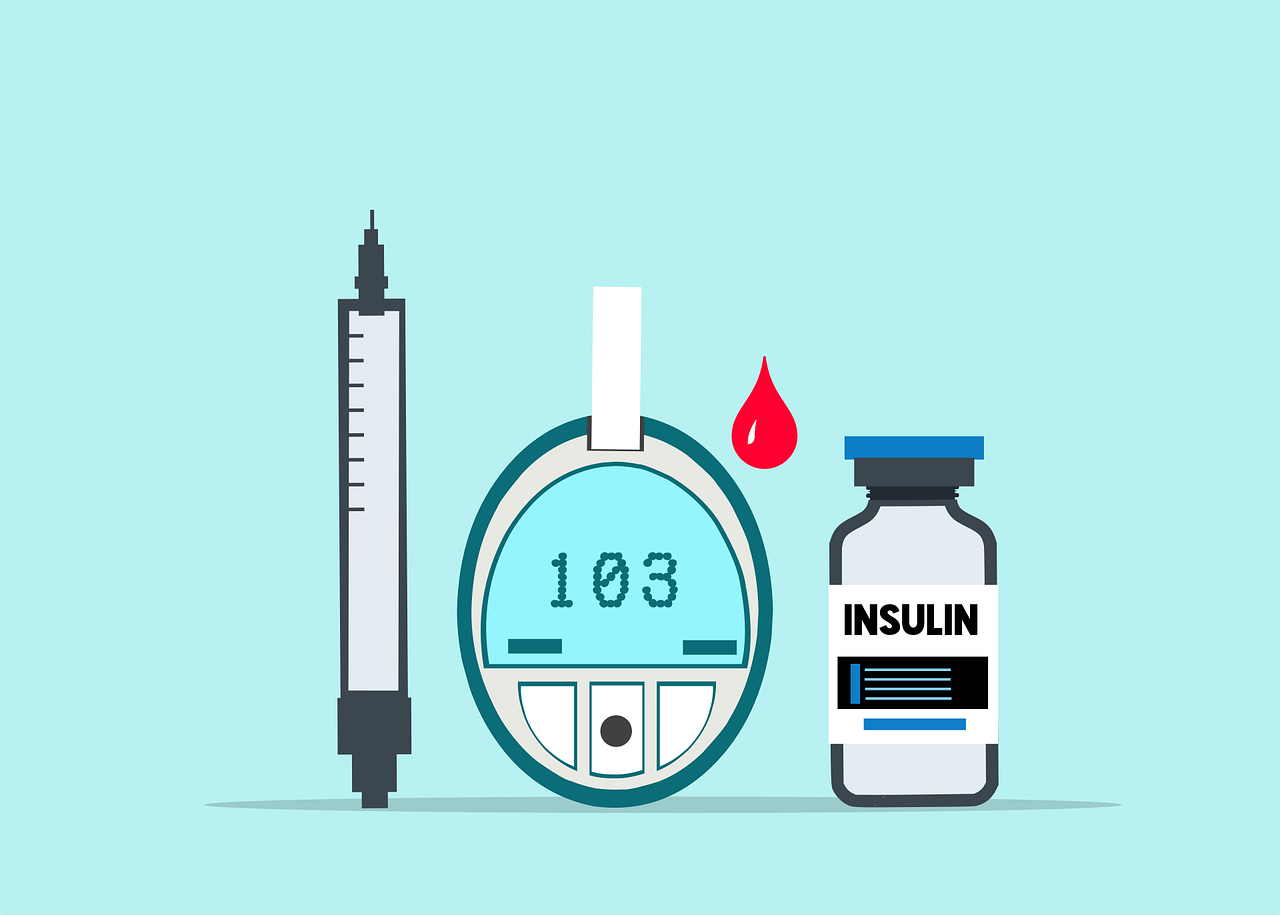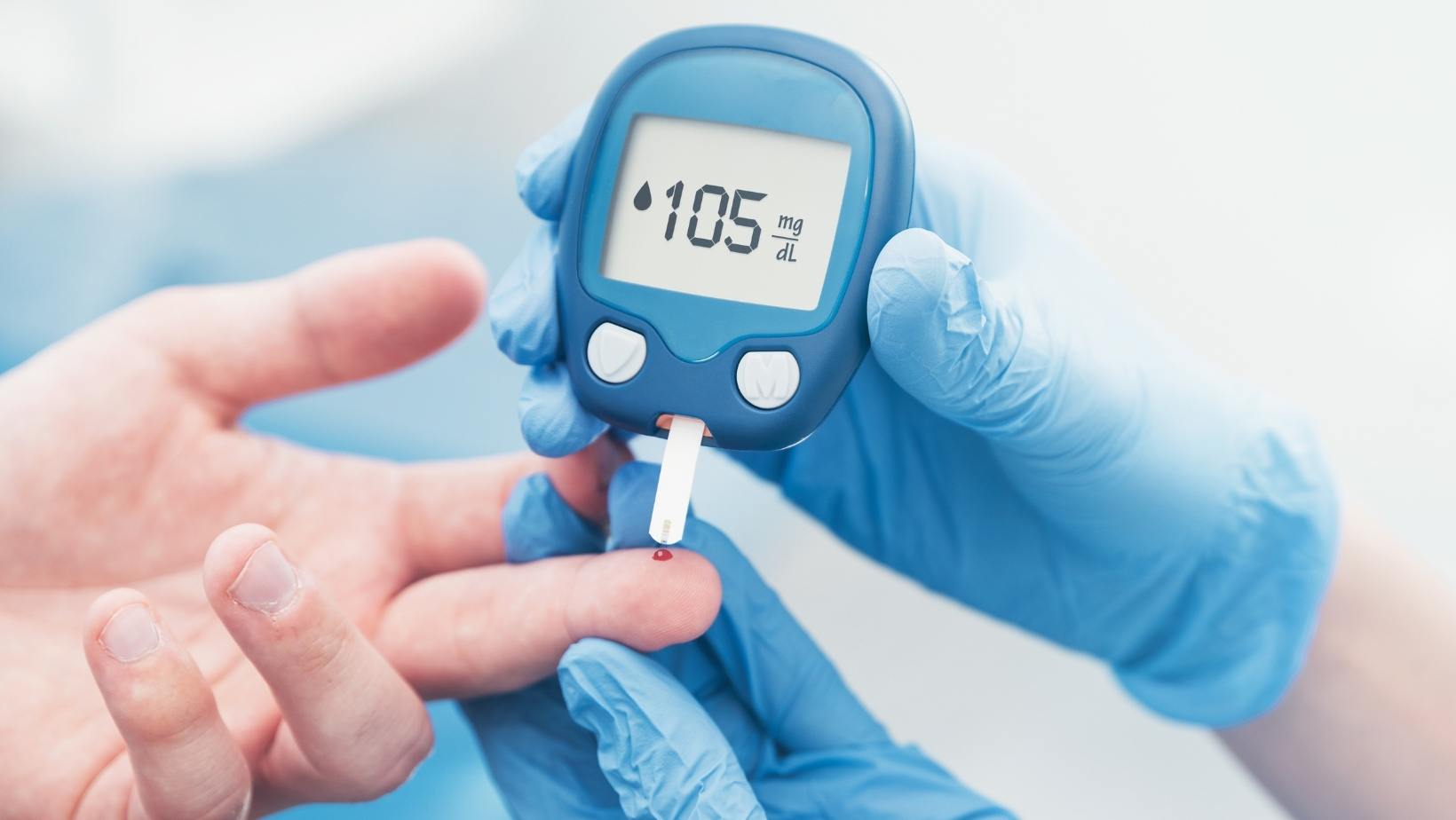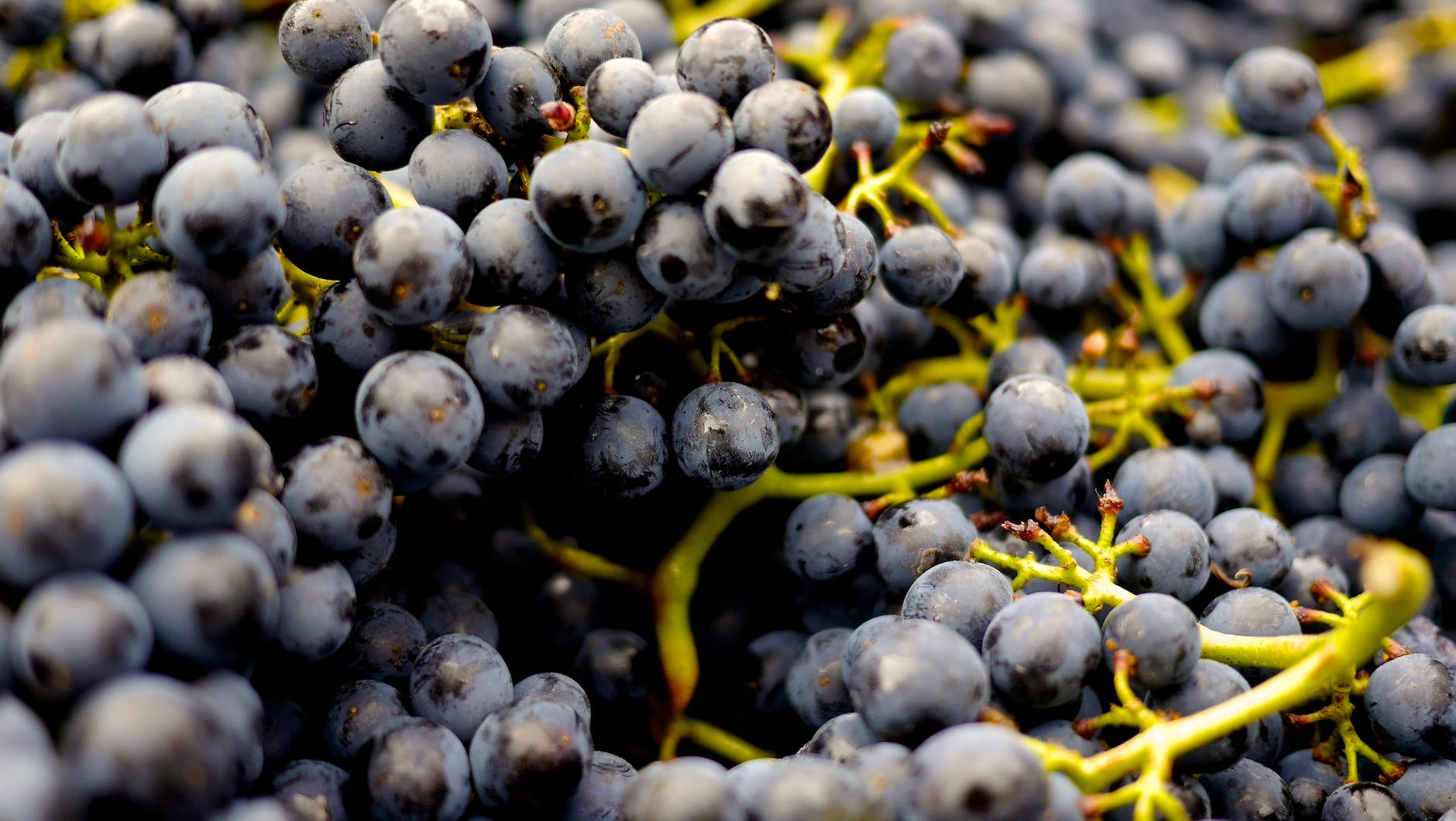
Managing diabetes requires a delicate balance of lifestyle choices, including diet. While fruits are packed with essential nutrients, some can be problematic for those with diabetes. Let’s delve deeper into the fruits that might be less ideal for diabetics.
1. Introduction: The Fruit and Diabetes Paradox
Fruits, nature’s sweet treats, are packed with vitamins, minerals, and fibers. But for diabetics, the natural sugars in fruits can be a double-edged sword. While they offer numerous health benefits, they can also impact blood sugar levels. The key lies in understanding which fruits have a higher glycemic index and sugar content.
2. Mango: The Tropical Delight
Overview: Revered as the ‘king of fruits’, mangoes are a tropical delight. Their juicy, sweet flesh is irresistible to many. But for diabetics, this sweetness can be a concern.
- Sugar Content: Mangoes are high in sugar, with one medium-sized mango containing up to 45 grams of sugar.
- Glycemic Index: Mangoes have a medium to high GI, which can lead to rapid spikes in blood sugar. The GI of mangoes ranges between 51 to 56, which is on the higher side for fruits.
- Nutritional Benefits: However, mangoes are also rich in vitamins A, C, and E, and they contain dietary fiber, which can aid digestion.
- Recommendation: If you’re a diabetic and a mango lover, it’s not about completely avoiding them but consuming them in moderation. Monitor your blood sugar levels after eating and consider pairing mango with a protein source to balance its sugar impact.
3. Grapes: Small but Sugary
Overview: Grapes, with their convenience and sweet taste, are a popular snack. But their sugar content can be concerning for diabetics.
- Sugar Content: A cup of grapes can contain up to 23 grams of sugar.
- Glycemic Index: Grapes have a medium GI, which means they can moderately raise blood sugar levels.
- Nutritional Benefits: On the positive side, grapes are a source of antioxidants, including resveratrol, which has heart-healthy benefits.
- Recommendation: Opt for whole grapes over grape juice, as the latter lacks fiber and can cause a quicker spike in blood sugar. Also, be mindful of portion sizes.
4. Watermelon: A Sugary Hydrator
Overview: Watermelon is a summer favorite, known for its hydrating properties. But its high water content also comes with a significant amount of sugar.
- Sugar Content: A standard slice can contain up to 30 grams of sugar.
- Glycemic Index: Watermelon has a high GI, leading to rapid blood sugar spikes.
- Nutritional Benefits: However, watermelon is also a good source of vitamins A, B6, and C, and it’s packed with antioxidants.
- Recommendation: Consume watermelon in smaller portions. Pairing it with foods that have a lower GI can help balance its sugar impact.
5. Pineapple: The Tropical Sugar Bomb
Overview: Pineapple, with its tangy and sweet flavor, is a tropical favorite. But its sugar content can be a concern for diabetics.
- Sugar Content: One cup of pineapple chunks contains up to 16 grams of sugar.
- Glycemic Index: Pineapple has a medium to high GI, which can impact blood sugar levels.
- Nutritional Benefits: Pineapples are rich in vitamin C, manganese, and bromelain, an enzyme that can aid digestion.
- Recommendation: Limit pineapple intake and consider pairing with protein-rich foods to balance the sugar impact.
6. Bananas: Convenient but Carb-Heavy
Overview: Bananas are a go-to snack for many due to their convenience. But they are also carb-heavy, which can be a concern for diabetics.
- Sugar Content: One medium banana contains up to 14 grams of sugar.
- Glycemic Index: The GI of bananas ranges from medium to high, depending on ripeness. The riper the banana, the higher its sugar content and GI.
- Nutritional Benefits: Bananas are a good source of vitamin B6, vitamin C, and potassium.
- Recommendation: Opt for less ripe bananas, which have a lower GI. Be cautious with portion sizes and consider pairing with a source of healthy fat or protein.
FAQ Section:
1. Why are some fruits considered worse for diabetics than others?
Certain fruits have a higher glycemic index and sugar content, which can lead to rapid spikes in blood sugar levels. It’s essential for diabetics to be aware of these fruits to manage their blood sugar effectively.
2. Can diabetics eat fruits like mangoes and grapes in moderation?
Absolutely. While these fruits have a higher sugar content, they can still be enjoyed in moderation. Pairing them with foods that have a lower glycemic index or with protein sources can help stabilize blood sugar responses.
3. How does the ripeness of a fruit like a banana affect its sugar content?
As fruits like bananas ripen, their starch content breaks down into simpler sugars, increasing the overall sugar content. This also affects the fruit’s glycemic index, with riper bananas having a higher GI.
4. Are there any benefits to consuming fruits with a higher sugar content?
Yes, many fruits with higher sugar content are also rich in vitamins, minerals, and antioxidants. For instance, mangoes are packed with vitamins A, C, and E, while grapes contain heart-healthy resveratrol.
5. How can diabetics incorporate fruits into their diet safely?
Diabetics can safely enjoy fruits by being mindful of portion sizes, opting for fruits with a lower glycemic index, and monitoring their blood sugar levels after consumption. Pairing fruits with proteins or healthy fats can also help stabilize blood sugar responses.
Conclusion: Making Informed Choices
While the fruits listed above might have a higher impact on blood sugar, they can still be part of a diabetic diet when consumed mindfully. It’s essential to monitor blood sugar levels, understand portion sizes, and make informed choices to manage diabetes effectively. Remember, it’s not about avoidance but about balance and understanding how different fruits affect your body.
Blog Tags for the Post: diabetes and fruit, high glycemic fruits, managing diabetes, fruit sugar content, diabetic diet, mango and diabetes, grapes and blood sugar, watermelon glycemic index, pineapple sugar content, banana ripeness and sugar, fruit choices for diabetics, diabetes management, blood sugar spikes, healthy fruit choices, diabetes nutrition.










